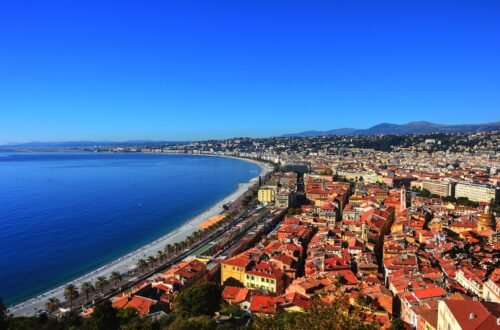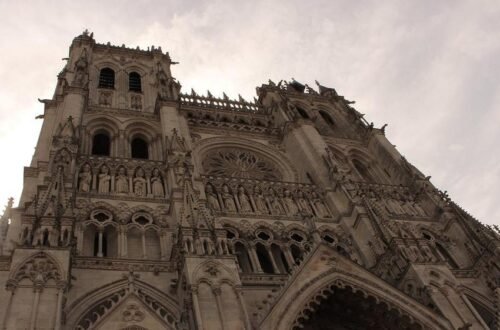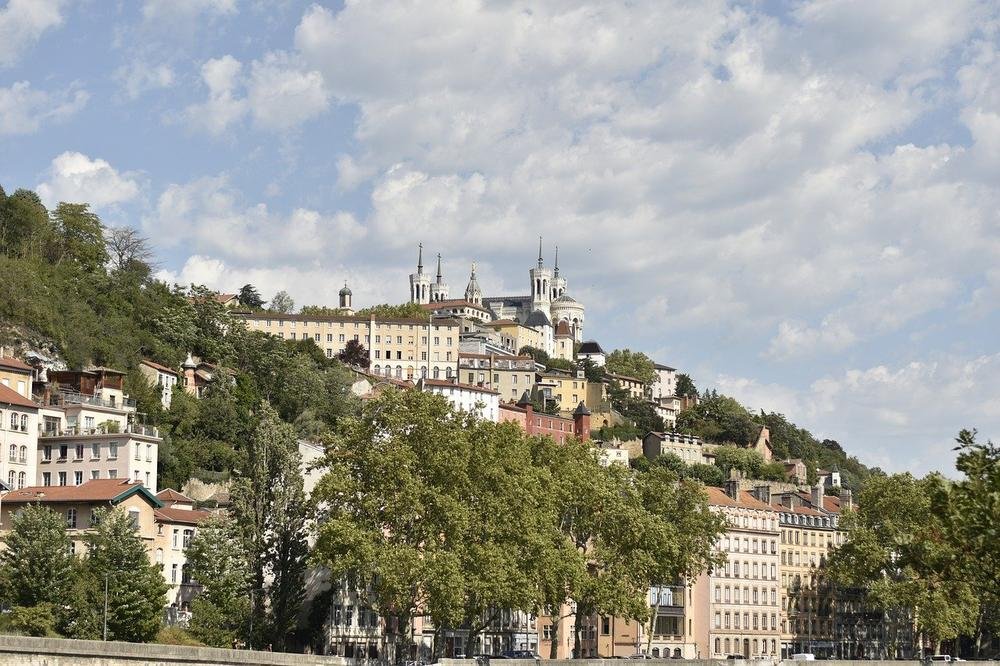
15 Things to Visit in Lyon (France)
Lyon is a sprawling World Heritage Site with a sizable Renaissance old town, Roman ruins, medieval industrial areas, and the opulent Presqu’île district from the 19th century. At the meeting of the Rhône and Saône Rivers, the city was established 2,000 years ago and made its wealth in the silk trade. This industry furnished it with beautiful renaissance architecture in Vieux Lyon, where semi-hidden passageways called Traboules to connect courtyards with the Saône. Get the Lyon City Card for savings, unrestricted use of public transportation, and free admission to many museums. You can’t talk about Lyon without mentioning the food, as the gourmets agree that Lyon is the world’s culinary capital. Paul Bocuse, a chef who is regarded as a god of French cuisine, was born in this city. Let’s examine the top activities in Lyon:
- Vieux Lyon
- Traboules
- Fourvière Basilica
- Parc de la Tête d’Or
- Presqu’île
- Musée des Beaux-Arts de Lyon
- Ancient Theatre of Fourvière
- Gallo-Roman Museum of Lyon-Fourvière
- Lyon Cathedral
- Institut Lumière
- Musée Gadagne
- Musée Miniature et Cinéma
- Lyon’s Murals
- Les Halles de Lyon Paul Bocuse
- Lyonnaise Cuisine
Vieux Lyon

You can enter one of Europe’s largest renaissance old quarters. Rich merchant families from all across France, Flanders, Germany, and Italy settled in Lyon throughout the 15th, 16th, and 17th centuries, while the city’s silk business was booming. There are still 300 of these lavish homes in the Saint-Jean, Saint-Georges, and Saint-Paules neighbourhoods. They were built in the gothic, Italian Renaissance, and French Renaissance styles. There were about 180,000 looms in the city during the 16th century, and the distinctive traboules of Vieux Lyon are evidence of the creative ways this industry assimilated with the urban fabric.
Traboules
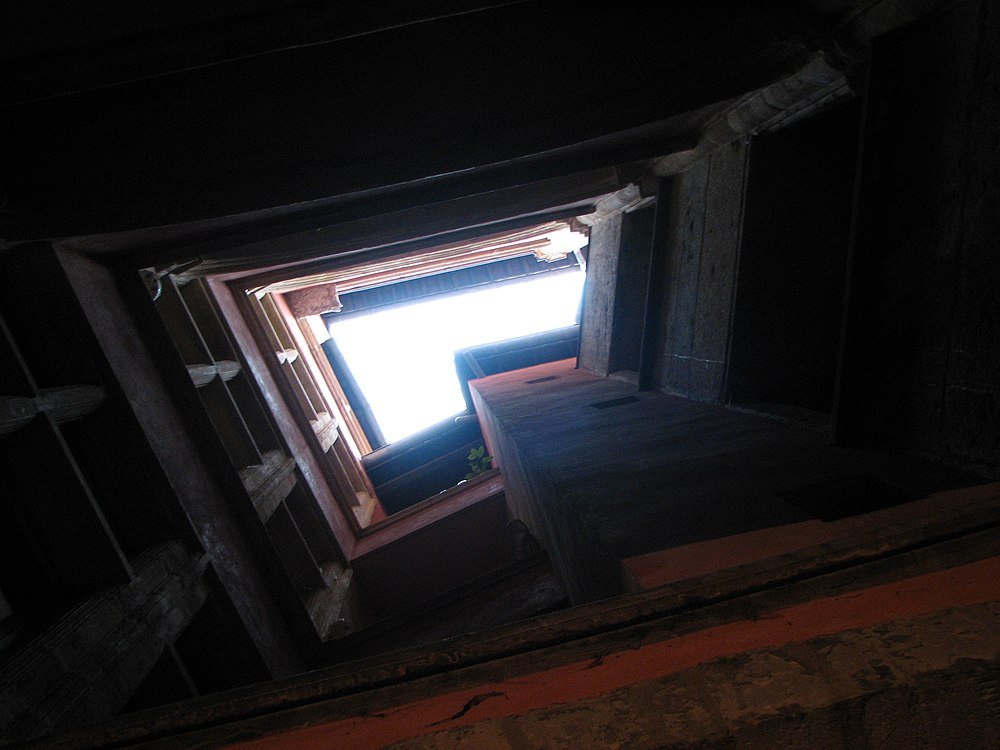
Traboules are charming Renaissance corridors that run beneath buildings in the direction of the Saône River, and there are about 40 of them that are available to the public. They are only found in Vieux Lyon and La Croix-Rousse Saône. They provided direct access to the riverbed for the city’s silk weavers, allowing for rapid and simple transportation of textiles as well as protection from the elements. It’s a good idea to keep quiet because almost all of these tunnels are located inside residential buildings. The area of Quai Fulchiron Rolland and Rue des Trois Maries is the ideal site to begin your adventure.
Fourvière Basilica
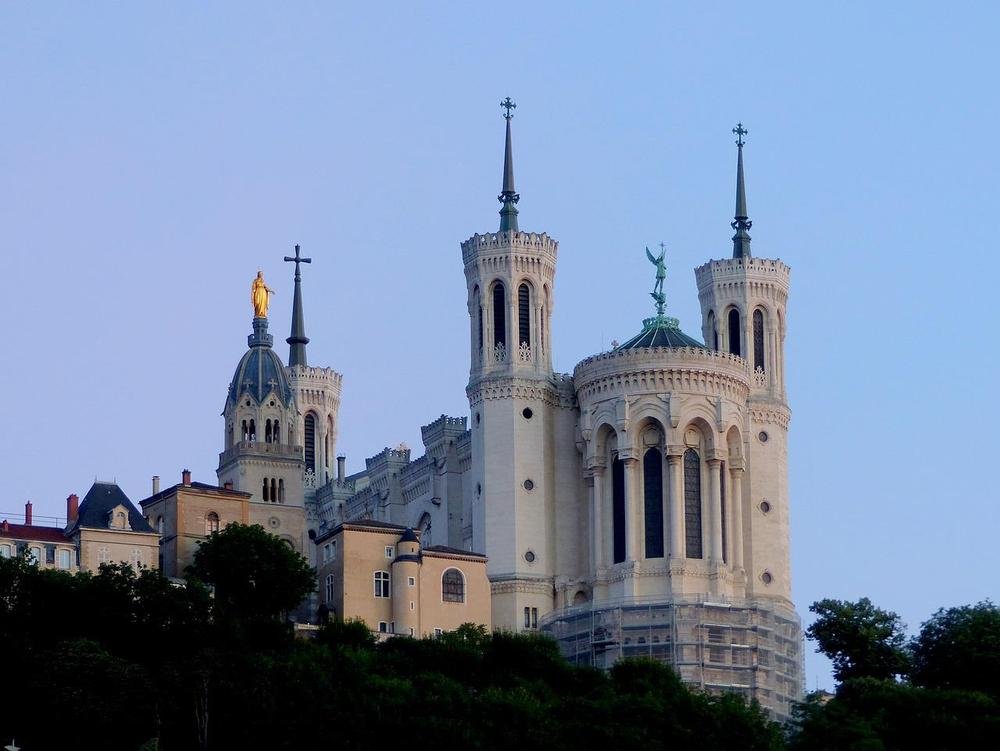
This magnificent church, ever visible on the Fourvière hill to the west of the city is one of a series of iconic hill-top churches built in major French cities in the late-19th century. The basilica is located in Lyon’s oldest neighbourhood, a place of pilgrimage, and the location of several recently discovered Roman sites. Enter the building to admire the ornate interiors and the Museum of Sacred Art. You may also climb the north tower for some of Lyon’s best photo opportunities. Every year at the beginning of December, the chapel serves as the focal point for the well-known Fête des Lumières. The Virgin Mary, to whom Fourvière is devoted, is thanked in this song for saving the city from the bubonic plague in the 17th century.
Parc de la Tête d’Or
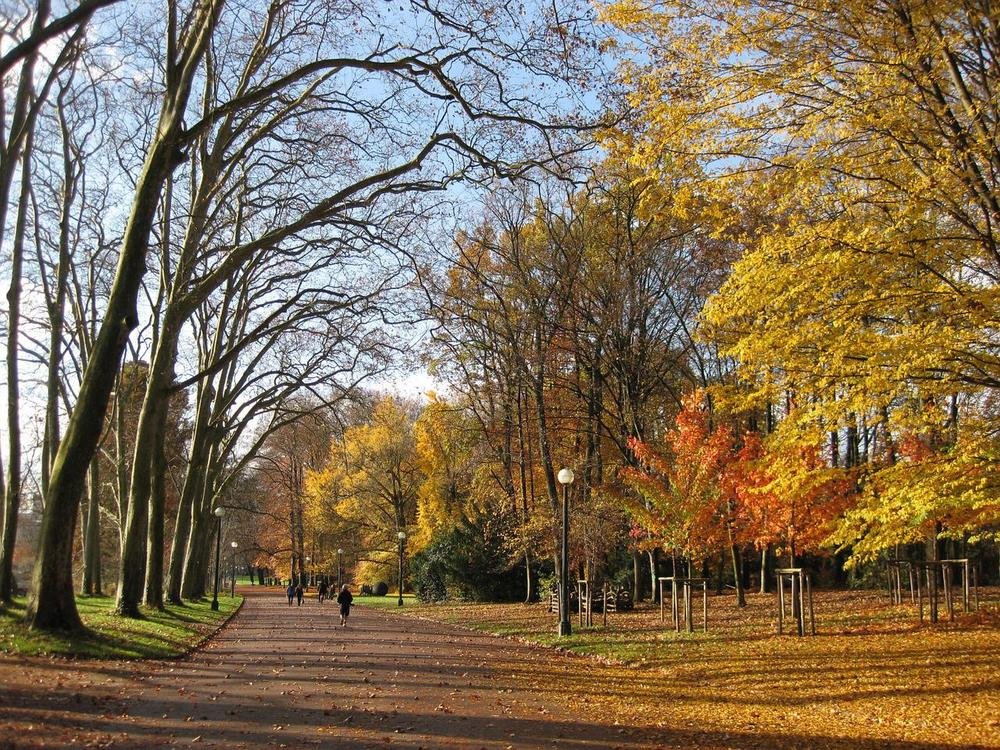
One of the country’s biggest urban parks, which includes France’s top botanical garden and a zoo, is located a short distance north of the city centre. The worldwide rose garden should be one of your first stops in the city if you’re visiting in the spring. The more than 20,000 plant kinds and elegant, chlorophyll-scented greenhouses from the 19th century found at the botanical attractions are equally impressive. For families with kids, the park is a must-do, thanks to the African Plain, with zebras, lions, and giraffes, and the expansive lake for epic pedal-boating voyages in summer. Related excursion 3-Hour Guided E-Bike Tour with a Stop for Tasting in Lyon
Presqu’île
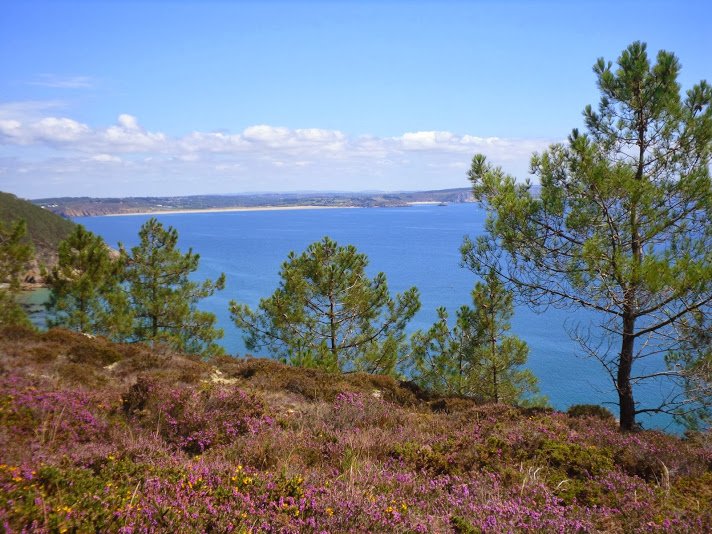
A finger of land between the Rhône and Saône, Presqu’île was man-made by a humungous 18th-century urban engineering project, draining marshes and connecting what was once an island with dry land. It is a district with magnificent 19th-century architecture, large plazas, stores, cultural institutions, restaurants, cafes, bars, and nightclubs. It is where most things “happen” in the city. The city hall and opera theatre of Lyon are nearby, and if you’re hungry, Rue Mercière is just one long row of excellent eateries. Start in the pedestrianized Rue de la République, where all the high-street brands are located, if you’re in town to shop.
Musée des Beaux-Arts de Lyon
.jpg)
The Musée des Beaux-Arts, located in a former monastery from the 1600s, is France’s second-largest museum of fine art after the Louvre in Paris. There are 70 rooms containing sculptures, Egyptian and Oriental art displays, paintings from the 1300s to the 1900s, and more. You don’t need more than a passing knowledge to be impressed by the wealth of famous French and European artists on the show: Degas, van Gogh, Renoir, Cézanne, El Greco, Canaletto, Picasso, Max Ernst, Francis Bacon, and that’s just an overview. Around 600 Ancient Egyptian artefacts, including reliefs, busts, statuettes, sarcophagi, and gigantic gates retrieved from the Medamud temple, are housed in the Antiquities department.
Ancient Theatre of Fourvière
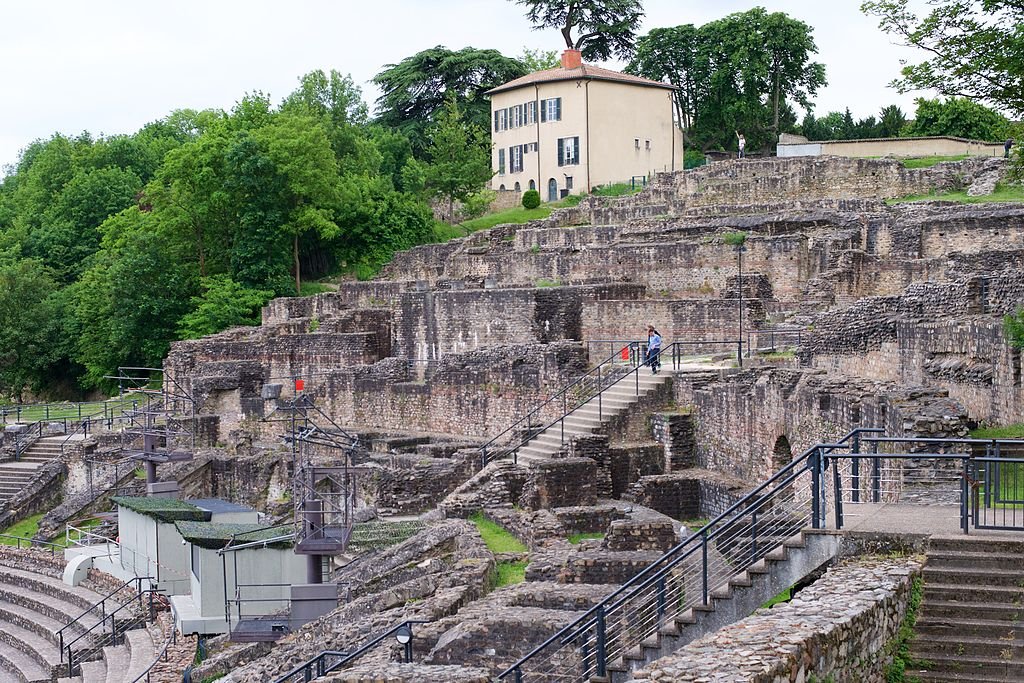
The Saône River’s left bank is home to this monument, which is also elevated. The Nuits de Fourvière drama festival still uses it as a performance space every June and July 2000 years after it was first constructed. Only the middle and lower terraces of the caves remain, which at their height could accommodate 10,000 spectators. However, where the seats were formerly located, you can still see the cavea’s interesting substructure, which extends far up the hillside. The theatre was rediscovered in the late 19th century, and over the following 40 years, it underwent restoration. The Gallo-Roman Museum, which is described below, exhibits artefacts discovered here and in the nearby Odeon.
Gallo-Roman Museum of Lyon-Fourvière
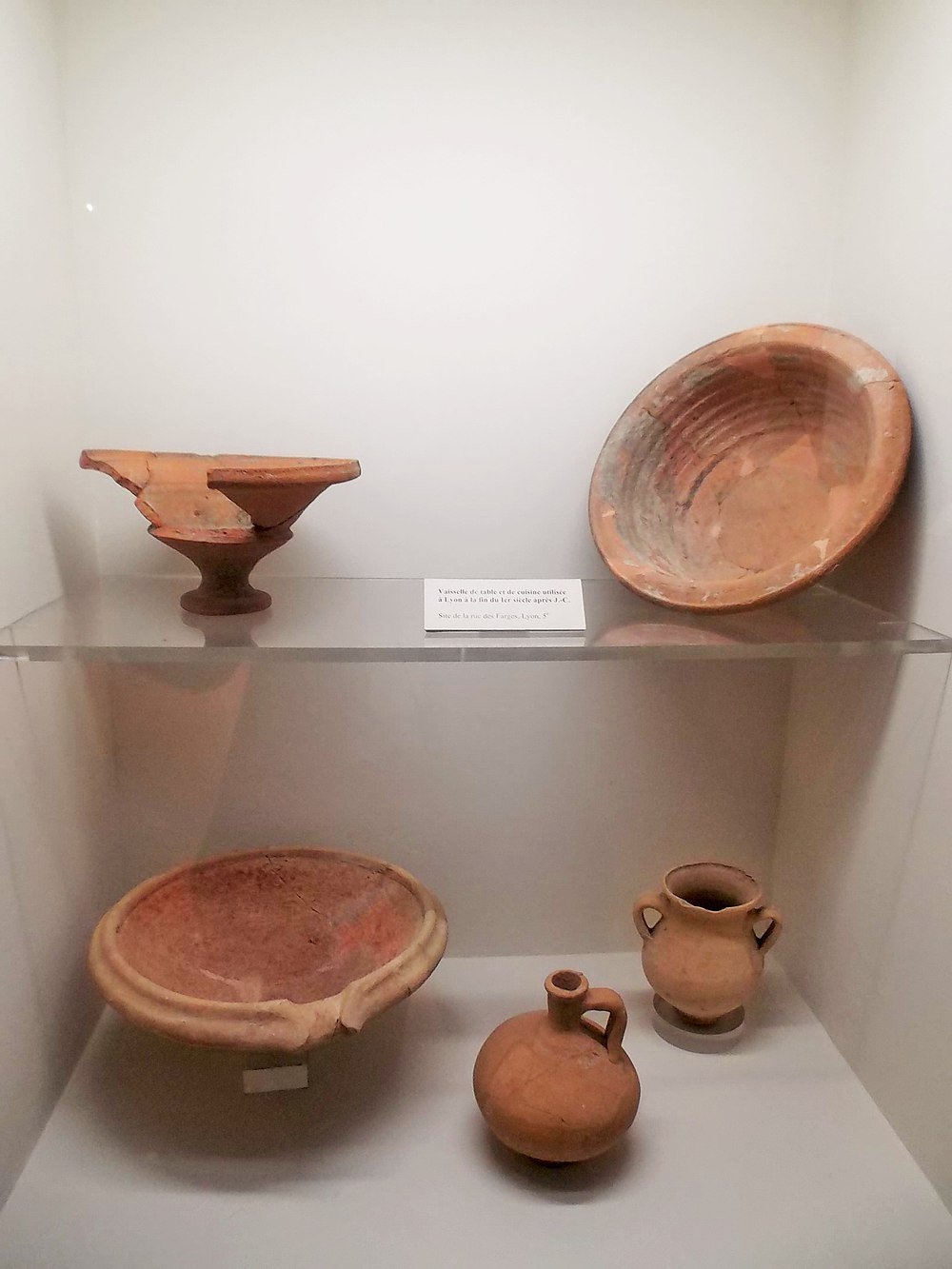
This contemporary museum is on-site to provide background information if Fourvière’s huge Roman remains to leave you longing for more information about ancient history. The structure is noteworthy because it was excavated from a hillside near the Roman theatre and is partially underground. A spiralling concrete ramp is surrounded by futuristic, bunker-like galleries. There’s a lot to get through at the museum, but one piece that you need to see is the Circus Games Mosaic, dating to the 2nd century and depicting a chariot race with staggering technical skill. Additionally, there is the Lyon Tablet, which is a transcription of a speech made in the first century by Roman Emperor Claudius, and the Gaulish Coligny Calendar.
Lyon Cathedral
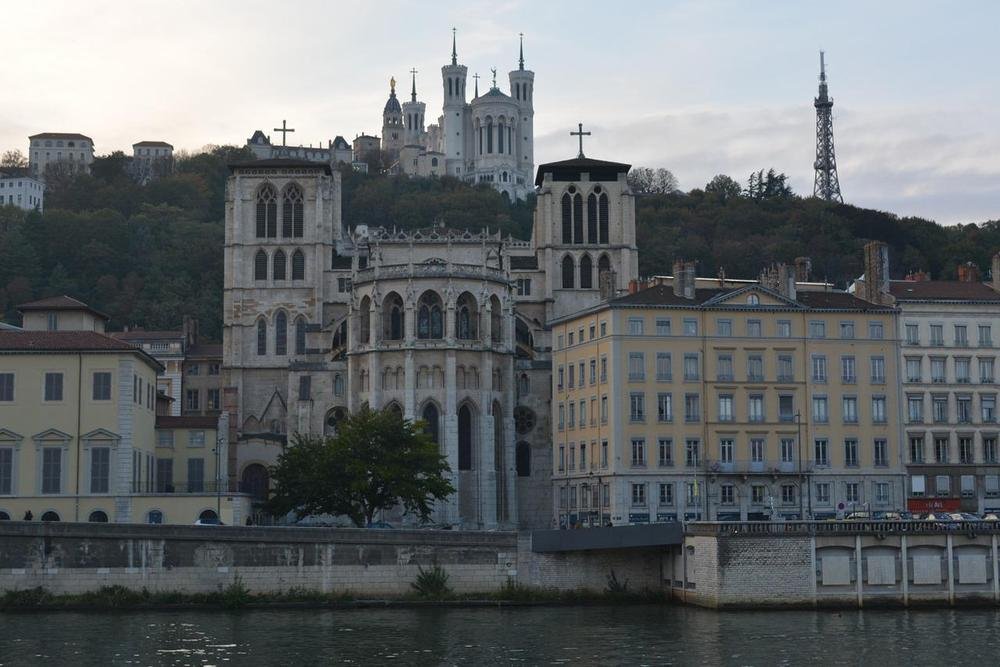
The city’s fabulous cathedral is a mostly gothic construction built between the 12th and 15th centuries. The majority of the original, from the 1300s, stained-glass windows are still in place. To protect them from bomb damage, they had been disassembled and stowed away during the Second World War. The north, south, and west roses, along with the apse’s lancet, are the most beautiful. The nine-meter-tall astronomical clock was put in around the year 1300. A 1600s addition to the main clock face is an astrolabe that can display the positions of the sun, moon, and earth. Above it is automated figures that put on a little show when the chimes are rung on the hour.
Institut Lumière
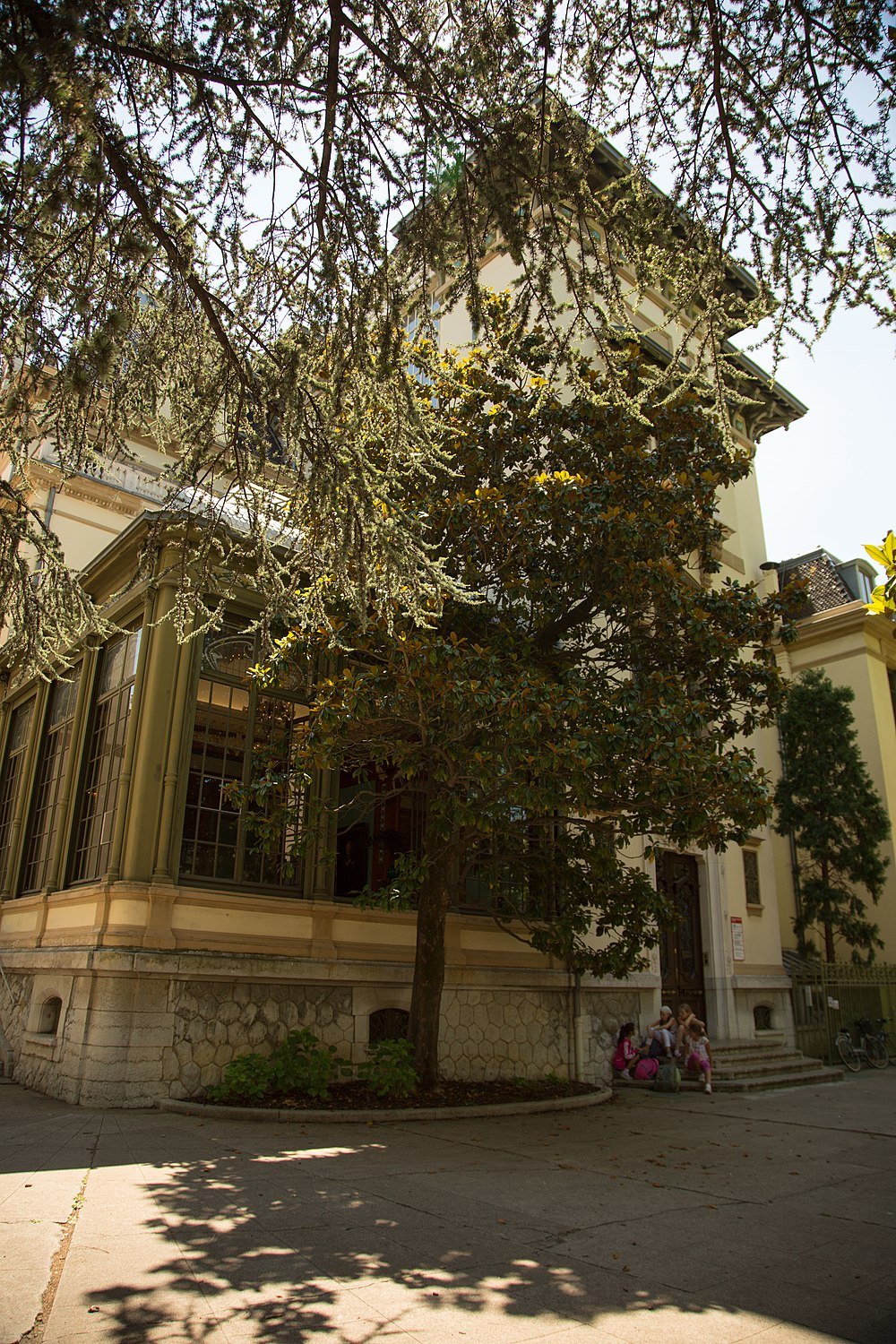
Anyone who visits the movies should be eager to honour the Lumière brothers, who are revered as the founders of the cinematic medium. A descendent of Louis Lumière, who collaborated with August to create the cinematograph, the first motion picture camera, and projector, established the museum. Additionally, they collaborated on over a thousand pictures that were screened in the earliest theatres ever built. The attraction is in Villa Lumière, a lovely art nouveau mansion built by the brothers’ father in 1899. You may watch several of their films in these magnificent surroundings, and you can also check out the brilliant inventions, like the cinematograph, that helped revolutionize the entertainment industry.
Musée Gadagne
This attraction, which serves as the city museum for Lyon, is named for the magnificent Renaissance palace that two Florentine brothers constructed in the 16th century to hold it. An estimated 80,000 objects, dating from the Middle Ages to the middle of the 19th century, are spread out over 30 rooms and four stories. Old maps and drawings depict the evolution of Lyon and the construction of some of its landmarks. With the aid of artefacts and records, you can learn about the crucial role the silk industry had in the city’s development during the 1500s and 1600s and observe the opulent lifestyles that individuals who became wealthy here could afford. The 2,000 ancient puppets in the Musée des Marionnettes, another attraction, are included.
Musée Miniature et Cinéma
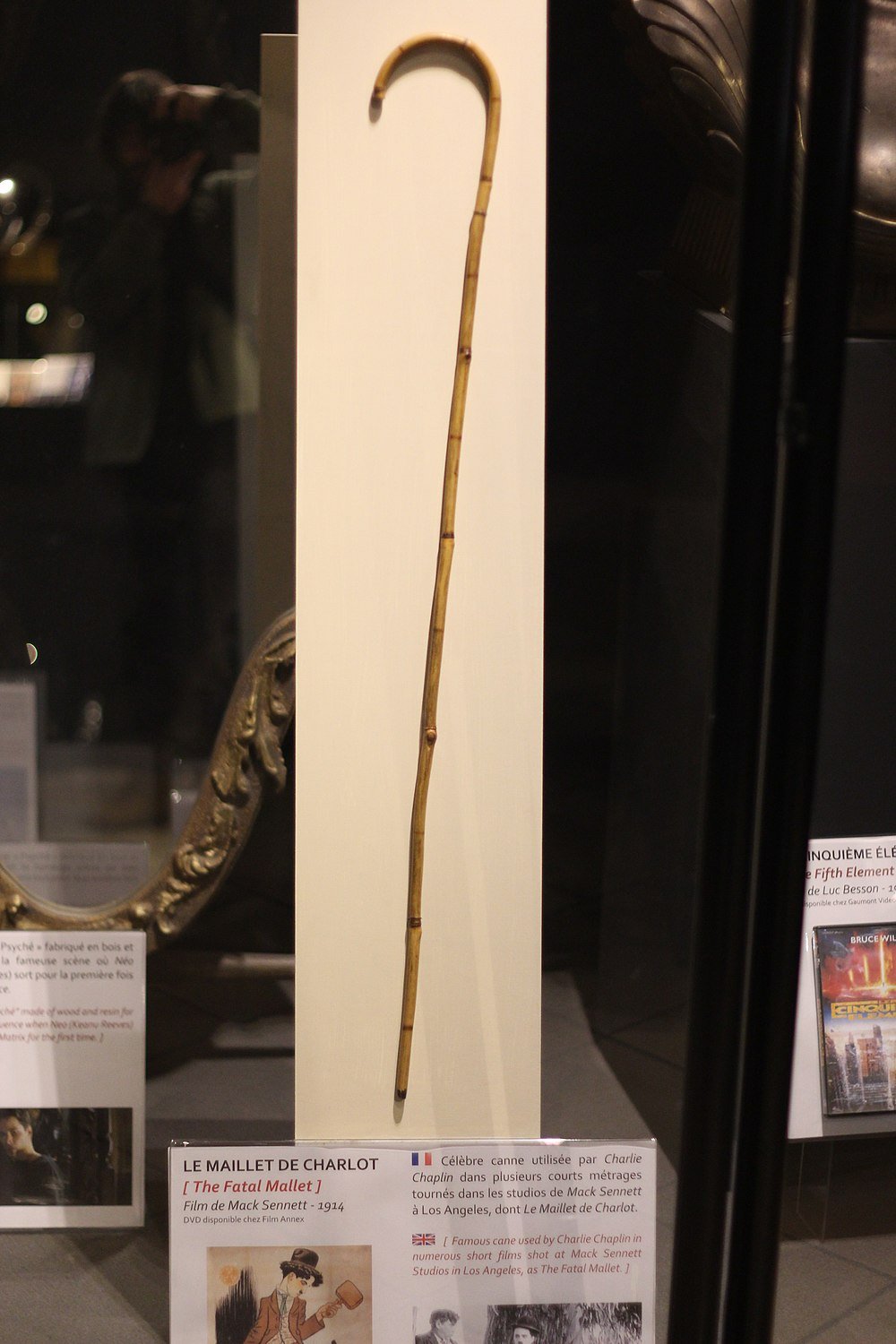
Also, This museum is located in Vieux-“Maison Lyon’s des Avocats,” a stunning five-story World Heritage structure from the 17th century with a loggia. There are two parts to the collection: About 100 “hyper-realistic” tiny scenes are the main draw. These have been made by the world’s best miniaturists, including the museum curator Dan Ohlmann, and possess such painstaking detail and craftsmanship that you’ll need minutes to see everything happening in each one. They reproduce well-known places like Paris’ Maxim’s Restaurant or classic French settings from the past. A cinema exhibition with more than 300 real sets, artefacts, and models from films from the past 50 years is also available.
Lyon’s Murals
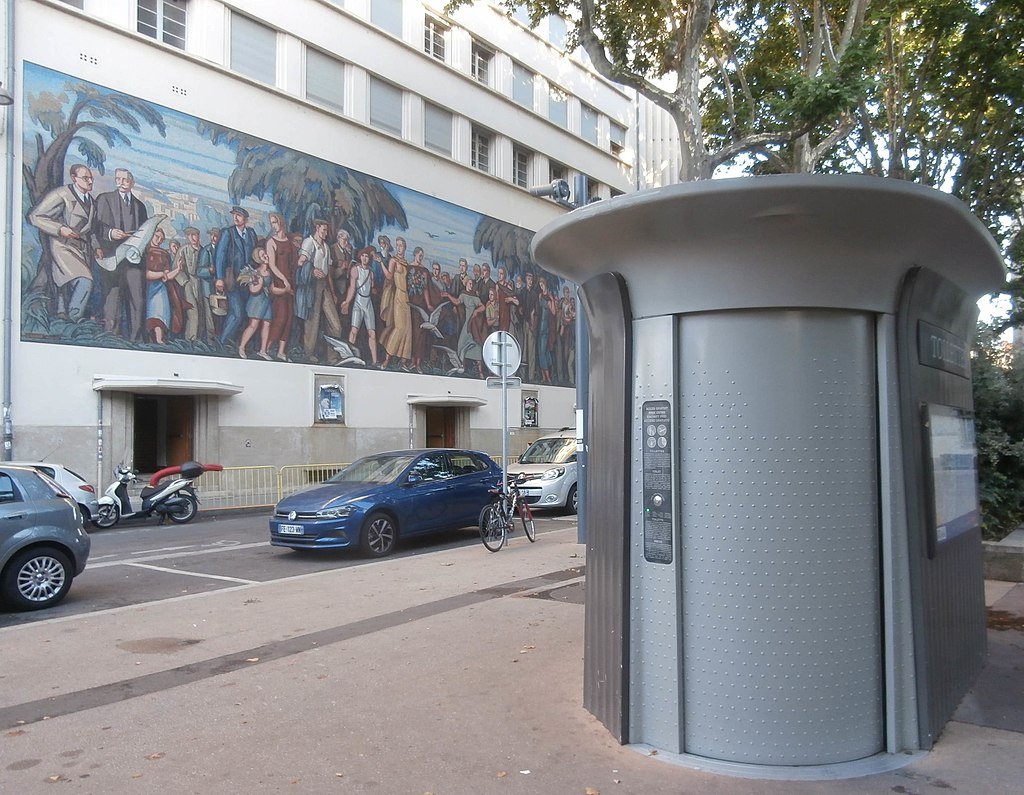
Lyon’s murals are another reason it begs to be explored. Around 100 huge paintings hang on walls throughout the city, frequently in working-class neighbourhoods and in social housing; as a result, they might entice you to locations you might not otherwise visit. However, there are a few important ones to note: There is an outdoor museum in the United States with 25 murals depicting the career of the architect Tony Garnier, who developed this neighbourhood in the 1920s. The murals were created primarily in the 1980s. Fresque des Lyonnais introduces the principal characters of Lyon through 24 historical persons and six moderns (two of whom have since died away) folks who are significant to the city. The Canuts Mural, which updates every ten years and tells the story of the Croix-Rousse neighbourhood, is the original fresco in Lyon.
Les Halles de Lyon Paul Bocuse
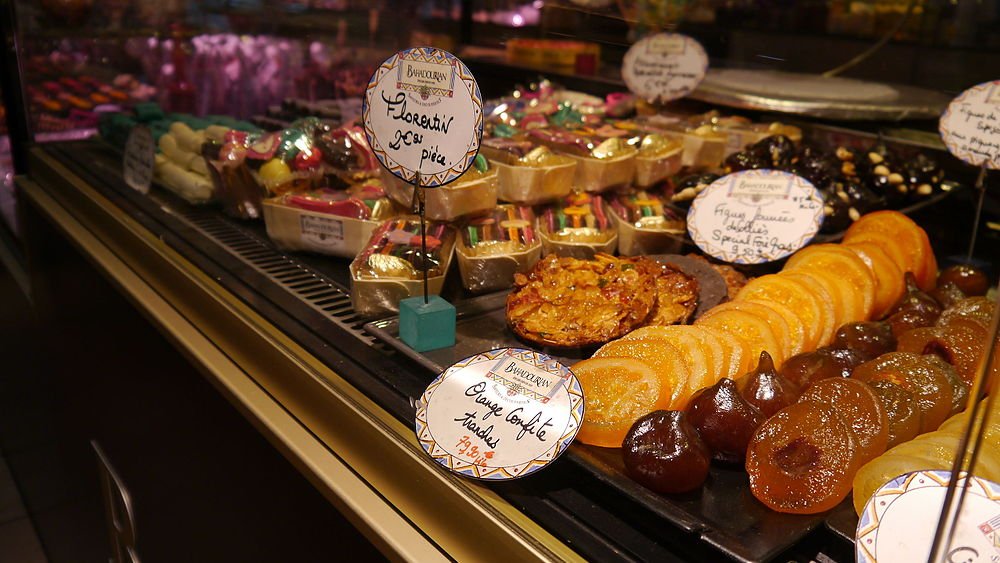
You can trust that the food at this market, which has the name of one of France’s culinary giants and is located in the country’s gastronomic capital, is of the highest calibre. It’s a food lover’s dream, a hand-picked assembly of the region’s best food merchants, selling charcuterie, cheese, meat, fruit, and vegetables. The complex also contains a number of formal eateries that are crowded with residents during lunchtime. As a result, if you self-cater, you may obtain a fantastic Lyonnaise supper there as well as shop for local specialities to bring home. Les Halles de Lyon Paul Bocuse, like the majority of French food markets, is best visited early in the day, before the stalls close for lunch.
Lyonnaise Cuisine
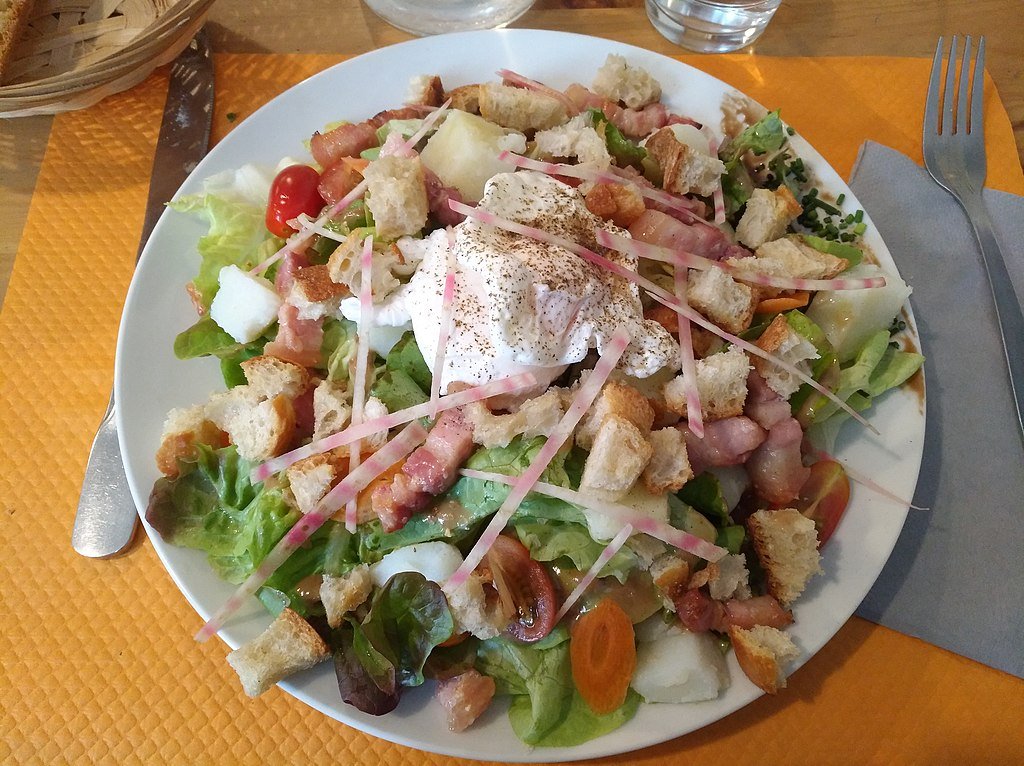
For ages, Lyon has been praised for the superiority of its products and the renown of its cuisine. It boasts more restaurants per capita than any other city in the nation. You can dig into traditional Lyonnaise cuisine at “bouchons”, typical restaurants, and the best of these (awarded the label, Authentique Bouchon Lyonnais) tend to be around Presqu’île. They produce meals that, in the past, would have typically been consumed by employees, so they are filling, rich, and utilize body regions you might not typically think about: Deep-fried tripe that has been marinated and is typically served with garlic and herb sauce. Tripe, or gras double tripe, is used to make the sausage andouille, which is fried with onions. Fear not it’s all nonsense! Along with Lyonnaise potatoes, which are sliced and pan-fried with onions and parsley, coq au vin is another local favourite.


